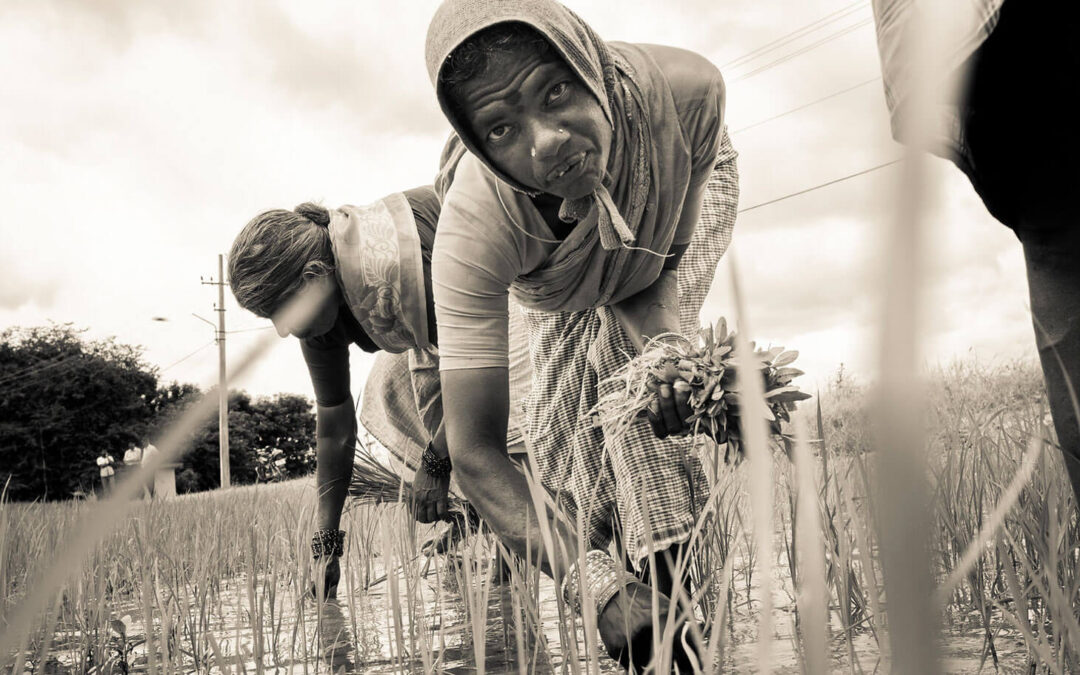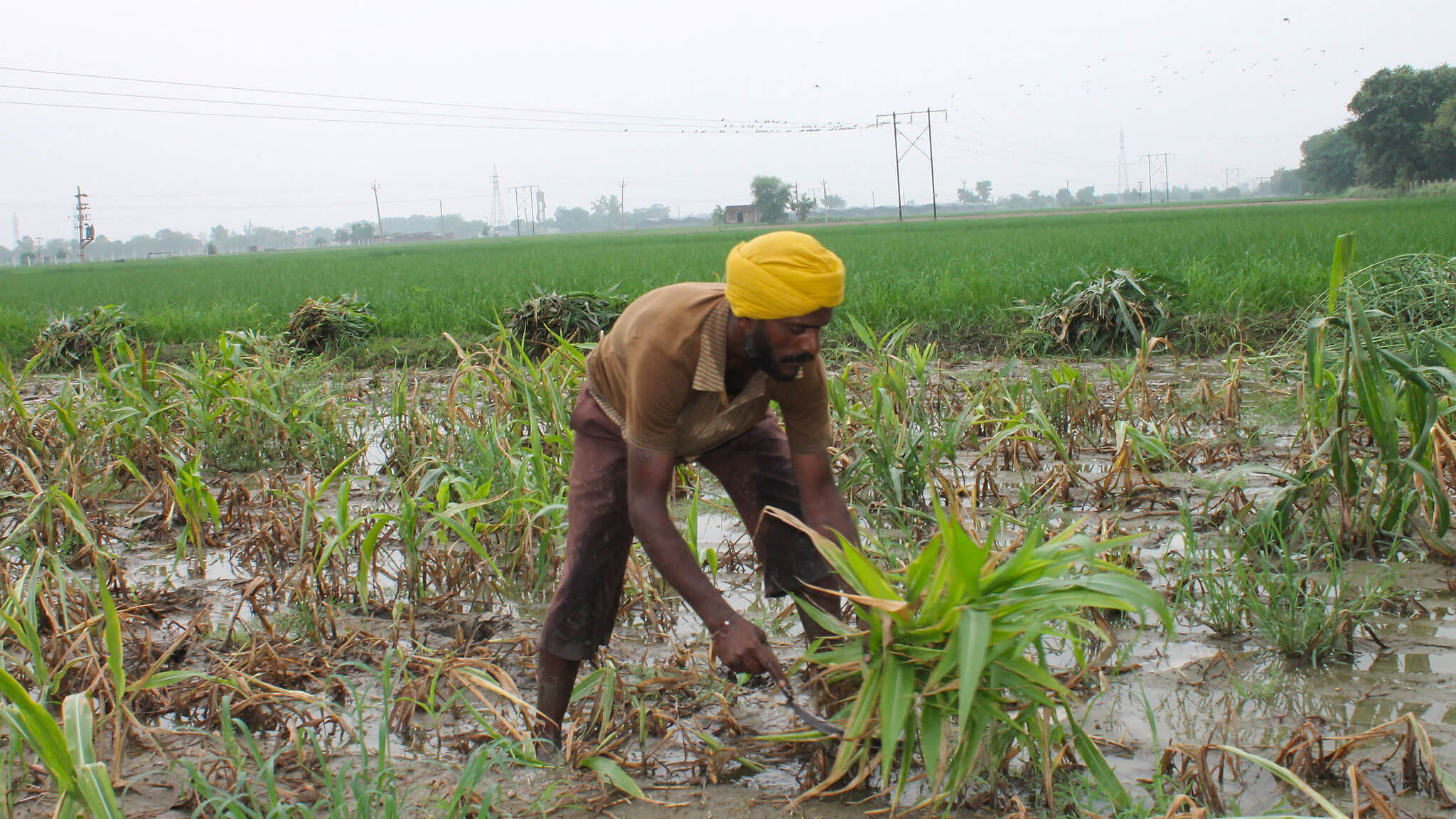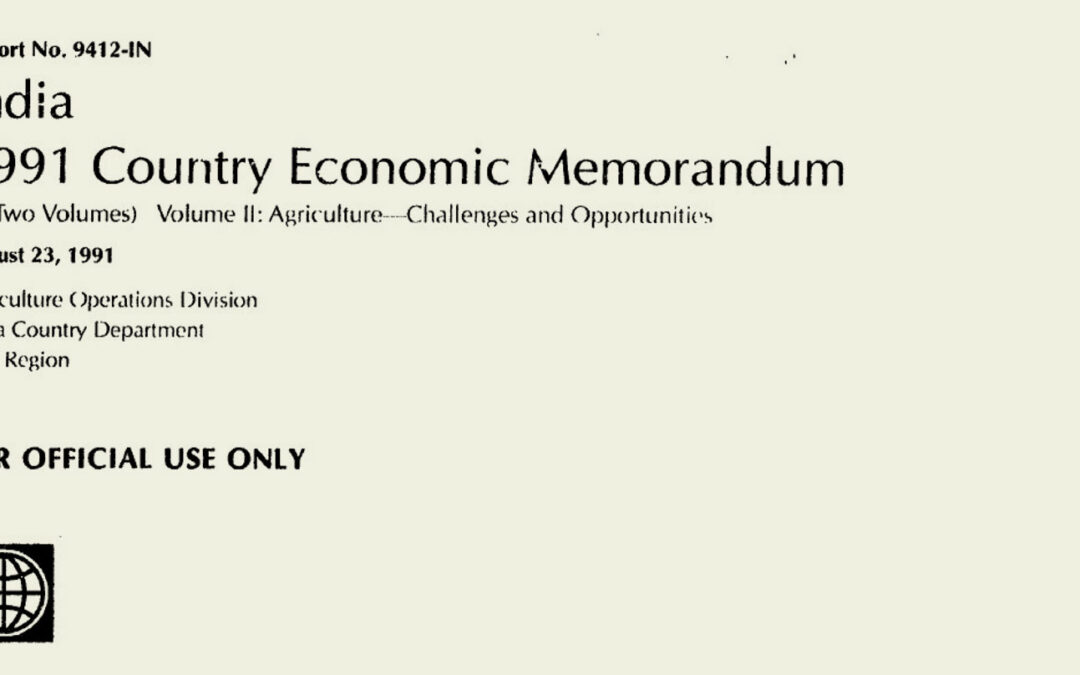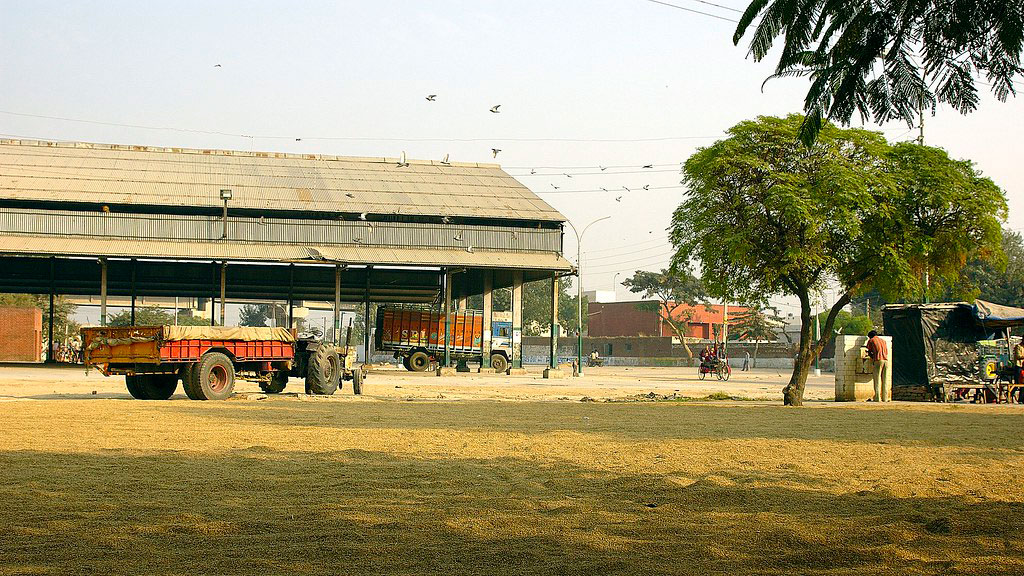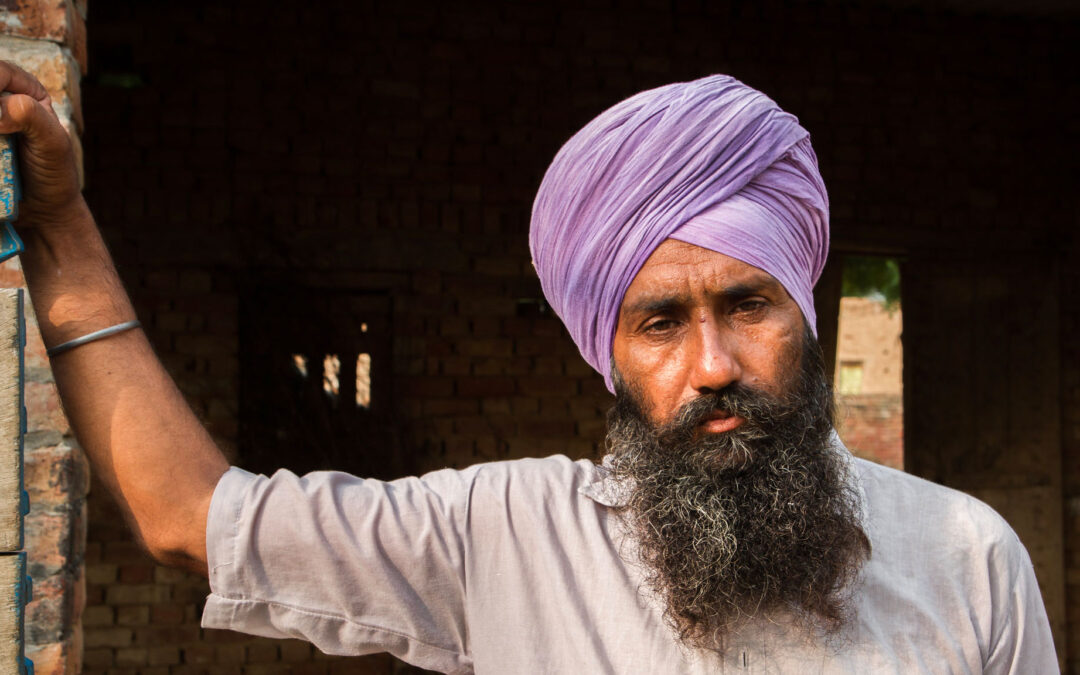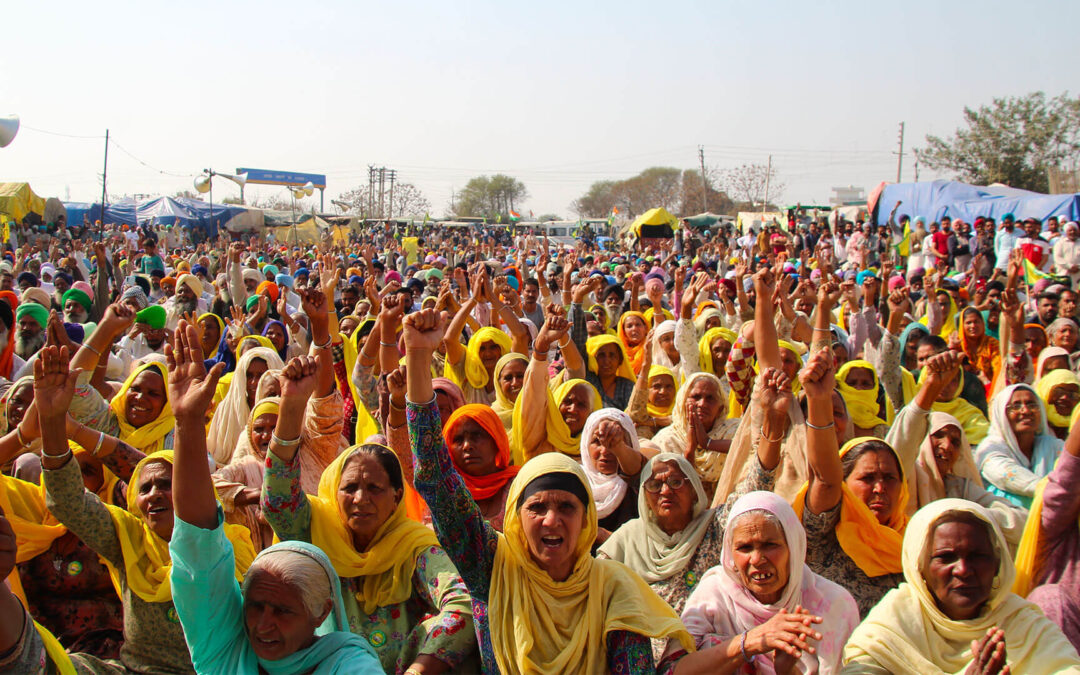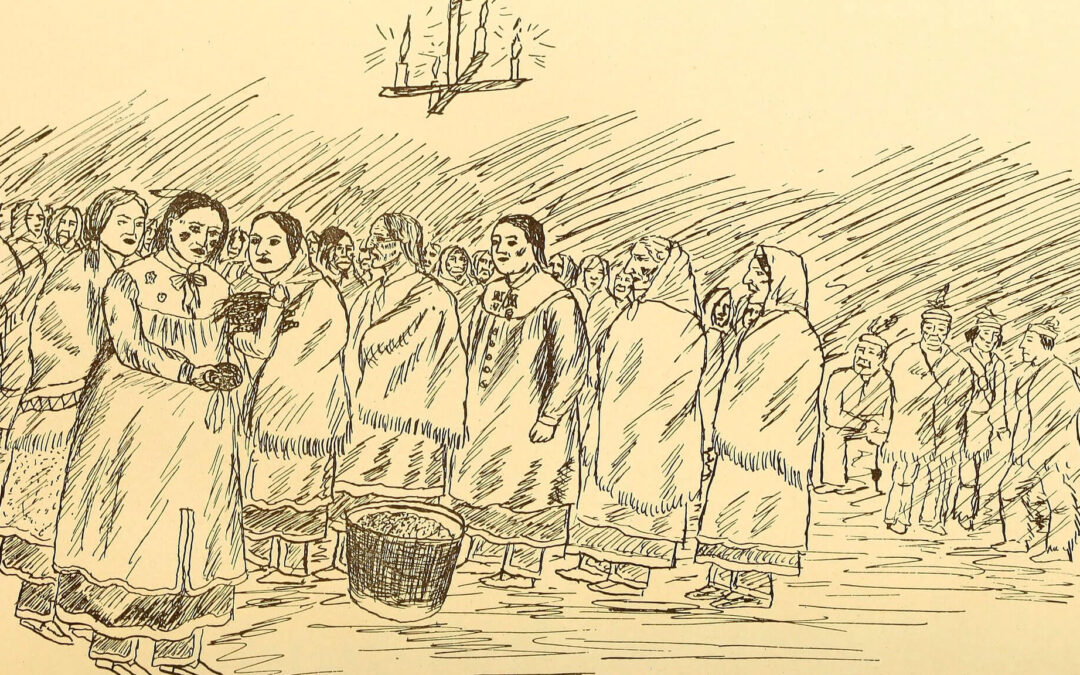A tweet by Greta Thunberg (“We stand in solidarity with the #FarmersProtest in India,”) provided ardent campaigners in favour of the Indian government’s neoliberal farm laws with a target for attack.
The arguments by these campaigners were very similar, rather as if they had been provided a common “toolkit” by the Government. The picture that emerges from their responses is that the protesting farmers, and in particular Punjabi farmers, are a sinister force, a pampered and subsidized “tribe”, depleting the water of future generations, poisoning the land and air, killing and maiming millions.
Shamika Ravi, former member of the Prime Minister’s Economic Advisory Council, tweeted: “The irony! Climate champion standing in support of farming practices that have led to poisoned land, vanishing water-table and the ‘cancer trains’.” Another neoliberal economist tweeted that “these farmers are anti-everything Greta Thunberg wants. They are depleting the groundwater table, causing massive air pollution by burning crops, overusing free electricity & subsidized diesels pumps”. The Economic Times commented: “Thunberg… doesn’t know the sustainability issues that dog Indian agriculture due to political pampering of a small tribe of well-to-do farmers”.
Swaminathan Aiyar, a celebrity economic commentator, declared: “Punjab is a low rainfall region that simply should not grow rice, but free electricity makes rice cultivation very profitable while destroying aquifers…. Why does Thunberg support such horrendous environmental destruction?” He even charged the farmers of Punjab with “killing and maiming millions” by burning rice stubble.
Sunil Jain, managing editor of the Financial Express, tweeted graphs of Punjab’s declining water table, and declared: “This is what Punjab’s farmers are doing to their children and grandchildren… This is why Punjab must move away from rice production”.
Others who chimed in with similar comments included India’s executive director at the International Monetary Fund (IMF), a former Chief Operating Officer of the United Nations’ Sustainable Energy for All, the Union Minister for Civil Aviation, commentators in the Wall Street Journal and the Washington Post, and news sites closely identified with the BJP/RSS, such as OpIndia and Swarajya.
We have reservations about the publicity and importance given in India to the utterances of international celebrities, but the new-found environmental concern of the Thunberg critics cited above is sham. Their target is not Thunberg, but Punjab’s peasantry. The new farm laws they support are intended to bring about corporate-controlled agriculture, and that is inimical to the health of the environment, just as it is inimical to kisans and consumers.
A question of policy
Moreover, the venom directed at the kisans of Punjab is particularly illogical, as the present cropping pattern of Punjab was not the decision of Punjab’s kisans. The Government promoted high-yielding varieties of rice in Punjab as part of the Green Revolution, using Punjab as a base for producing surplus grains for distribution in the rest of the country. The present situation is the inevitable outcome of that policy. As an extension of this, the problem of pollution created by the burning of paddy stalks is also to a large extent the product of Government policy.
However, two points need to be focussed on in the present context.
Firstly, if it is certain that growing paddy in Punjab leads to environmental problems, there are solutions to the problem that are well known, indeed straightforward, and would be acceptable to kisans.
Secondly, these solutions, nevertheless, will not be adopted by Government authorities.
Why, in the present circumstances, it does not make sense for peasants in Punjab to shift from paddy
The danger of overexploitation of groundwater was highlighted in 1986 by an official committee headed by S.S. Johl. Johl also headed a second committee in 2002 which repeated the same argument.
Although the groundwater situation is not uniform throughout the state, let us accept for the moment that there is an environmental problem on account of excess withdrawal. There would be two reasonable ways of tackling this problem. The first is to promote methods and practices of growing paddy which can reduce water use. The second is a shift away from paddy to other crops. The Johl committee targeted a shift of 1 million hectares away from paddy. How may this be brought about?
It is well known that farmers in Punjab grow rice and wheat because there is an effective guarantee that these crops will be procured by official agencies at the Minimum Support Price (MSP). The reports of the Commission for Agricultural Costs and Prices (CACP) document the fact that crops other than rice and wheat are bought by private parties at depressed, unremunerative prices. Given the sharply fluctuating prices in India of several crops which are not officially procured, and the devastation these fluctuations inflict on farmers, the Punjab farmers’ decision is rational.
The Johl committee proposed that farmers be provided a subsidy per hectare for making the shift to other crops. But (1) the sum proposed per hectare may not be enough to induce a shift. (2) The amount the farmer would receive for the crop would vary with market fluctuations (since crops other than rice and wheat are not procured by official agencies), and hence, even if the amount of subsidy were attractive at the outset, it may not remain so. (3) Such payments are generally used by governments to smooth a ‘transition’ period, and are discontinued once the transition is made. Thus, at the end of the transition, farmers are worried they would be left entirely at the mercy of market fluctuations. It is not surprising that the Johl committee recommendations find no takers among the kisan organisations.
However, kisan organisations may not oppose a shift away from paddy, as long as there is a similar iron-clad guarantee of official procurement of the new crops. Indeed, Johl himself says in a recent interview that “MSP [Minimum Support Price] and procurement should be provided to other crops such as maize, cotton, oilseed and pulses.”
Addressing nutritional needs
One option is for the Government to promote a shift to kharif pulses in Punjab: moong, urad and tur (arhar). Since per capita protein consumption in India is abysmally low, and has fallen further during the liberalisation era (by 3 per cent in urban areas and 6 per cent in rural areas), provision of pulses in the public distribution system (PDS) is long overdue and desperately needed.
Source: Nutritional Intake in India, 2011-12, National Sample Survey
During the period of the Covid-19 lockdown, the Government announced that every household eligible for subsidized rations under the National Food Security Act (NFSA) would also receive one kilo of pulses per month free, for three months. This is a derisory amount – for a family of five, just 200 grams per person, or less than 7 grams per day per person. Later this scheme was extended, but the Government eventually distributed only a total of 1.2 million tonnes during April-December 2020.
Official procurement of pulses could furnish more substantial supplies for the PDS, as well as other nutritional schemes (such as school midday meals and mother-and-child welfare schemes). Along with a guarantee of public procurement at MSP, the Government would need to improve the quality of seeds and step up agricultural extension services to induce a shift to pulses. Seeds + extension services + procurement at remunerative prices was, after all, the very formula that induced Punjab’s farmers to grow paddy in the first place. Further, given that pulses are more susceptible to blight and pests than paddy, it is important to compensate production losses in one form or the other.
In fact, after 2016, Government agencies did carry out limited procurement of pulses in various states (not in Punjab) under the Price Stabilization Fund (PSF) Scheme. A buffer stock of 2.05 million tonnes of pulses was created through procurement and imports. This is meagre: it amounts to less than 9 per cent of average annual production of pulses in 2016-20. Nevertheless, the Economic Survey 2020-21 claims that “Creation of buffer stock of pulses has helped in moderating pulses prices. Lower prices of pulses lead to consumer savings. Built buffer also led to remunerative prices to farmers as procurement for buffer was undertaken at MSP or higher rates from them. This incentivized production which led to two successive years of bumper production taking country towards self-sufficiency and resulting in reduced imports and concomitant savings in forex.”
The reality is not as rosy. As the Economic Survey 2020-21 itself notes elsewhere, “Pulses inflation has been above 5 per cent since June 2019 and has been on an upward trend since then”. This was so well before Covid-related restrictions caused a sharp spike in prices in April 2020; it was 15.4 per cent in December 2019 itself (see Chart below).
Source: RBI Database of the Indian Economy
Even as consumers have been paying high prices for pulses, farmers growing pulses have by and large been unable to obtain the Minimum Support Price, since procurement operations have been so paltry. The Commission for Agricultural Costs and Prices (CACP) notes that procurement of kharif pulses by official agencies in 2019-20 was only 4.8 per cent of the crop, much lower than the previous year, and much below the 25 per cent of actual production allowed under the Price Support Scheme. The CACP also notes that market prices of pulses have fallen far short of the MSP. For example, for tur (arhar), market prices have fallen short of the MSP by 19-28 per cent during the last few years. (These market price data reflect only the purchases in official market yards; since most farmers in major pulses-producing states such as Maharashtra, M.P., Karnataka, and Rajasthan are unable to reach such markets, the prices they receive are frequently much worse, as reflected in news reports.) Meagre procurement delivers meagre benefits for both consumers and producers.
While the Economic Survey’s account may be excessively rosy, it is significant that this official publication of the Government acknowledges that public procurement is an effective means (1) to control retail prices, and thereby bring about consumer savings; (2) to ensure remunerative prices to growers; and (3) to promote the growth of domestic production, resulting in reduction in imports. If this is so, why does the Government not implement public procurement of pulses on a larger scale, with a much larger beneficial impact on the prices received by growers and those paid by consumers? We shall see why later.
Procurement of paddy should expand to other states
A shift from rice to other crops by a section of Punjab farmers would mean a corresponding fall in paddy procurement in the state, and therefore a fall in the FCI’s rice stocks. According to neoliberal economists, this would be a good thing: they claim that India has excess production of rice and wheat, as manifested by the colossal stocks of these two cereals with the Food Corporation of India (FCI), which are multiples of the buffer stocking norms.
However, this is a false notion. Results of the latest National Family Health Survey (NFHS), for the year 2019-20, are available for states representing about half the population. These reveal that, in most states, since the earlier NFHS (2015-16), “there is a worsening in indicators such as childhood stunting (13 out of 22 states see an increase), wasting (12 out of 22 states see an increase) and underweight (16 out of 22 states see an increase).” It appears that growing poverty is responsible for the declining consumption of food: National Sample Survey data show a 10 per cent decline in per capita expenditure on food (after discounting for inflation) between 2011-12 and 2017-18.
Thus large scale hunger continues. In fact, the ‘excess’ stocks of foodgrain with the FCI are merely the result of the failure or refusal of the Government to distribute grain to the people.
Hence, if procurement of paddy in Punjab reduces as farmers shift to other crops, the FCI should be compelled to procure rice elsewhere – in states such as West Bengal, Bihar, and eastern U.P., which are also more suited environmentally to growing paddy. Farmers in these states are receiving desperately low prices, far below the official Minimum Support Price (MSP): for example, in December 2020 it was reported that paddy farmers in West Bengal were receiving Rs 1,200-1,300 per quintal, as compared to the MSP of Rs 1,868. Indeed, in order to promote production growth of paddy in these states, it is essential that farmers receive the MSP.
The CACP itself claims: “In some States like Punjab (more than 95 per cent) and Haryana (69.9 per cent), coverage [of public procurement] is quite high, while in Uttar Pradesh and West Bengal, top rice producers, only 3.6 percent and 7.3 percent of paddy growers benefitted from procurement operations. Majority of farmers in Uttar Pradesh, West Bengal and other Eastern
and North-Eastern States, being marginal and small and having poor access to government procurement, resort to distress sale, therefore, there is a need to bring more farmers in these States under the ambit of procurement operations.”
What stands in the way
In this way, three dire needs could be simultaneously addressed: (1) the shift of farmland in Punjab away from paddy, to crops that consume less water; (2) an improvement in protein consumption by India’s malnourished population; and (3) provision of stable, remunerative prices to millions of paddy farmers in other states, who at present receive unremunerative prices, often below the cost of production.
Although we have spelled out the above argument taking the example of kharif pulses, it could as well be applied to other crops. What is important is the mechanism of public procurement and distribution in an economy with hundreds of millions of small agricultural producers, on the one hand, and hundreds of millions of consumers whose consumption of necessities is depressed and precarious, on the other.
No doubt neoliberal economists favoured by the rulers would complain that such a scheme would increase the food subsidy. Such a statement merely manifests their values and priorities. In fact, such a scheme deserves such an outlay, firstly, since it addresses a critical nutritional gap, assuming we value the health of the majority of the population. Secondly, given the range of other economic and environmental benefits, the costs are not large – perhaps Rs 10,000 crore per year. (By comparison, just the latest addition to the long list of Government subsidies to the private corporate sector – the production-linked incentives scheme – will dole out Rs 40,000-50,000 crore of cash a year to a handful of the largest private corporate firms.)
But the cost of such a scheme is not the actual reason the rulers would be dead against such a solution. For the entire purpose of the three Farm Acts is in the opposite direction – viz, to wind down the system of official procurement of foodgrains and the public distribution system (PDS), in order to hand over the agricultural and food system of India to private big capital, foreign and domestic. As we have written earlier, the present rulers are determined to ram through this agenda.
By contrast, the solution we describe above would instead further expand and entrench the system of official procurement and public distribution. It would expand procurement to additional states; and it would expand the commodities under the PDS to include pulses. Farmers whose crops are for the first time officially procured at MSP would not only welcome this but begin to treat it as a right; as would consumers who begin to receive pulses in the PDS. What the people would view as a positive development would be viewed by the rulers as a disaster.
For example, we must not forget that one of the key ‘reforms’ imposed by the rulers recently was the Essential Commodities (Amendment) Act 2020. The Amendment removes commodities such as cereals, pulses, oilseeds, edible oils, onion and potatoes from the list of essential commodities. According to the Economic Survey, “This aims to remove fears in private investors from excessive regulatory interference in their business operations. The freedom to produce, hold, move, distribute and supply… will attract private sector/foreign direct investment into the agriculture sector.”
Quite contrary to the vituperations of pundits on Twitter and in the media, it is not the supposedly pampered kisans of Punjab who are responsible for the environmental damage being done by the present pattern of agriculture. What stands in the way of a solution is the rulers’ own determination to restructure India’s agriculture and food system in favour of imperialism, as we have described in earlier pieces on this blog.
It is this official policy itself that is toxic for the kisans of different states, for the mass of consumers, as well as for the environment.
